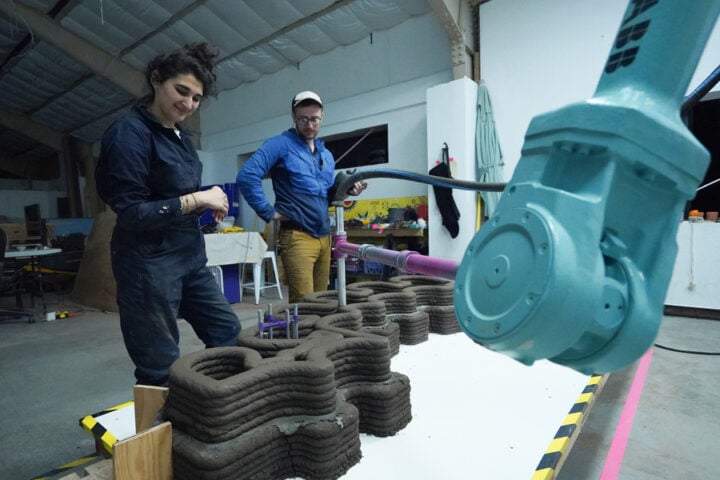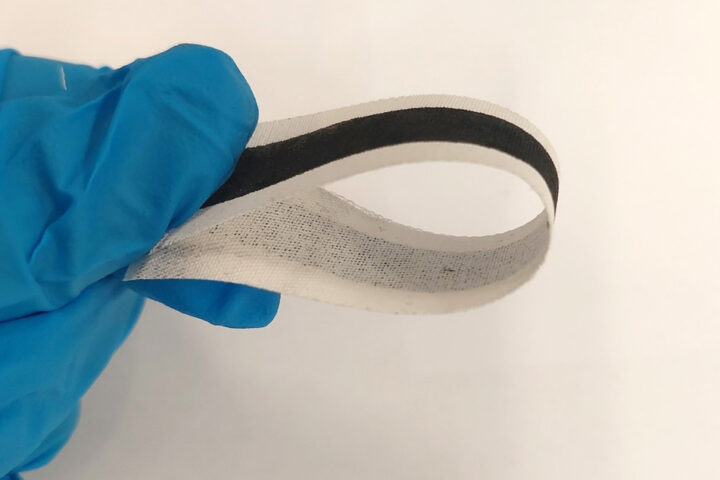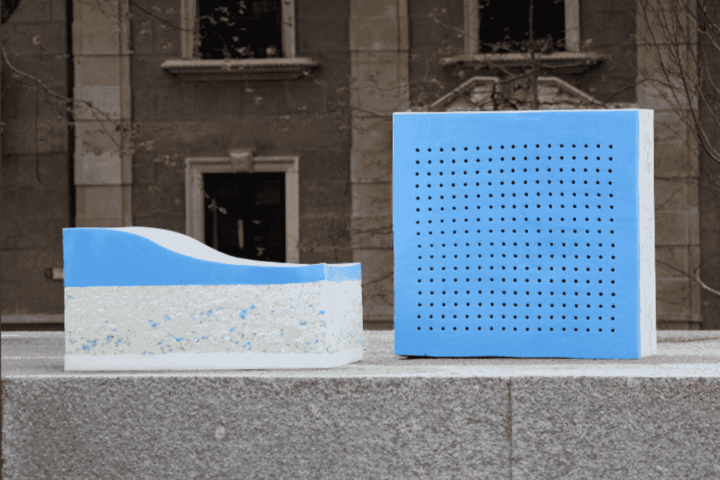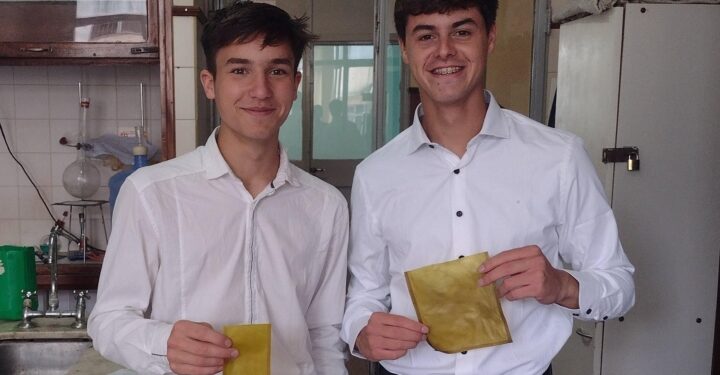In the bustling streets of Shanghai, China, scientists at Jiao Tong University are propelling the world into a new era of climate control with their pioneering invention: the Janus thermal cloak. Harnessing the power of silica, aluminium, and hexagonal boron nitride, this two-layered ‘cloak’ serves a dual purpose, modulating temperatures by cooling during the summer and warming in the winter, a trait akin to its namesake, Janus – the dual-faced Roman deity.
The Inner Workings of the Thermal Titan
Mirroring the Earth’s own cooling mechanism, the Janus cloak uses radiative cooling. The cloak’s outer skin, adorned with boron nitride-coated silica fibres, effectively deflects sunlight. In contrast, the aluminium alloy inner lining captures and retains heat, providing insulation in colder climes.
This remarkable product integrates “photon recycling,” a process where retained energy oscillates between the object beneath the cloak and the cloak itself, rather than dissipating into the surrounding environment. The result? Optimal temperature maintenance without an iota of external energy consumption.
Redefining Practicality: The Janus Touch
The Janus cloak’s potential extends beyond being a mere weather shield. It is a revolutionary asset for the electric vehicle (EV) industry, significantly enhancing battery longevity by mitigating drastic temperature fluctuations. The cloak is adept at cooling the vehicles by 8°C during scorching days and warming them by a substantial 6.8°C on frosty nights – all achieved passively and autonomously.
Similar Post
Scaled Production and Exploration
The Janus thermal cloak was meticulously crafted with scalability in mind. Utilising materials such as aluminium, silica, and boron nitride not only ensures affordability and high-volume production viability but also affords the cloak durability, lightness, and fire resistance.
The cloak’s potential transcends terrestrial boundaries; it could be a significant resource for extraterrestrial habitats and spacecraft, aiding in maintaining optimum temperatures with zero energy wastage.
E. Scrutinising the Janus Cloak
While the Janus thermal cloak displays tremendous promise, it is vital to approach its wider implementation maturely, addressing its real-world applicability, durability, and safety in varying climatic conditions. Regulatory challenges could also emerge as this technology is applied to habitats and spacecraft, mandating thorough safety standards and regulatory guidelines.
Closing Thoughts
The Janus thermal cloak signifies a bold stride in the realm of passive thermal regulation. Its sustainable, energy-efficient nature, coupled with its far-reaching potential applications, makes it a formidable tool in redefining temperature management on Earth and beyond. As it continues to be tested and refined, we stand on the brink of a revolutionary era of thermal management, thanks to the visionary minds at Shanghai’s Jiao Tong University.
















